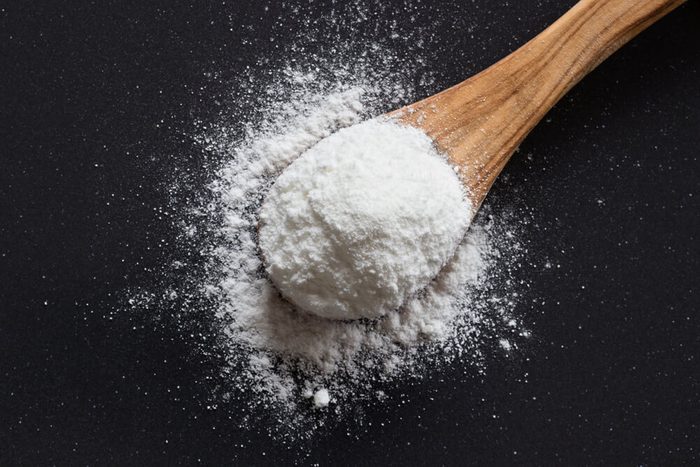
What is a yeast infection?
To get rid of it, you’ll have to recognize it first. A yeast infection is a common vaginal infection caused by the Candida fungus. The vagina likes to be in balance—when something is off with the bacteria or yeast that reside there, the yeast can overgrow, points out the American College of Obstetricians and Gynecologists. Symptoms include itching and burning, redness, swelling, and possibly an odorless white, lumpy vaginal discharge.
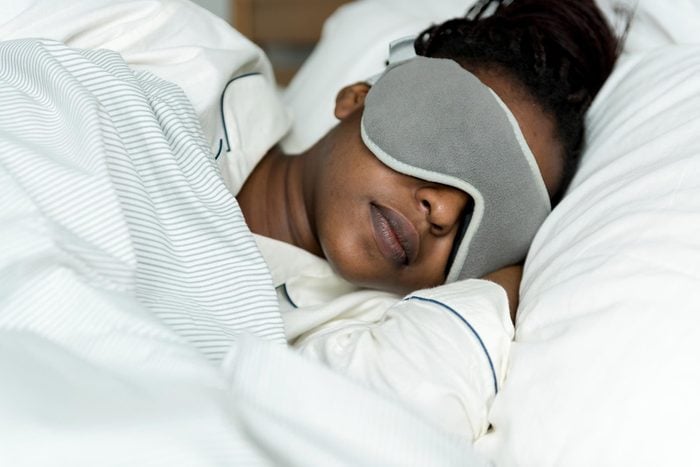
It’s not your fault
If you get an infection, don’t blame yourself. “Some women are more predisposed to getting them,” says Chicago OB/GYN Wendy Goodall McDonald, MD, of Dr. Every Woman. Sometimes it can be stress, fatigue, a new soap, or even eating an overload of sugar that causes your vaginal pH to be off, allowing yeast to overgrow. But you didn’t do anything directly to cause it. If you’re prone to yeast infections, you can try these things to help prevent yeast infections.
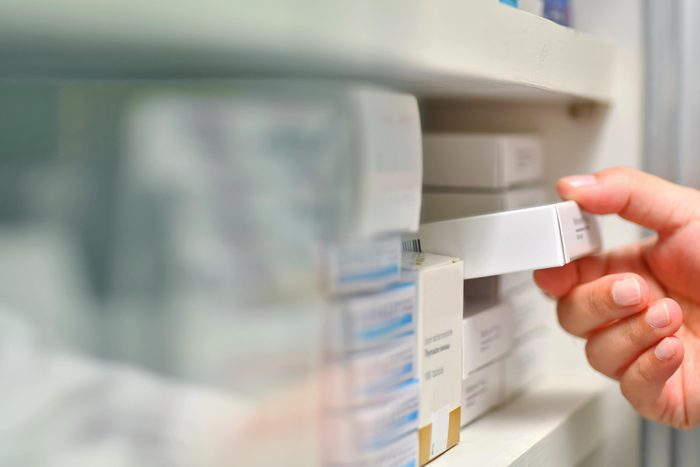
Go to the drugstore
If you think you have a yeast infection, you can go to the drugstore to pick up an over-the-counter vaginal antifungal treatment, which is a medication that goes into the vagina. (If it’s your first infection, consider going to the gynecologist first to make sure that it’s actually a yeast infection; other problems—from underwear friction to bacterial vaginosis—can cause a similar sort of irritation.) If the over-the-counter treatment doesn’t help, or your symptoms go away only to come back, see your gynecologist, advises Dr. McDonald. (Make sure you’re changing your underwear often enough to avoid yeast infections.)

Try a longer treatment
When you get an OTC antifungal, you can choose between treatments that last for one, three, or seven days. Dr. McDonald says that she encourages patients to avoid the one-day doses and opt for longer courses. “Most women will tell me that either the one-days were irritating to their skin or the symptoms returned,” says McDonald. “Yeast is very resilient. If it doesn’t get attacked and eliminated in its entirety, it’ll come back,” she says. (Experts recommend women use these underwear to avoid irritation.)
Oral medication is an option
Trying an OTC cream is a convenient and effective option to treat a yeast infection, but sometimes women have a sensitivity to the ingredients in the products and it makes irritation and symptoms worse, says Diana Atashroo, MD, a gynecologist at Stanford Pelvic Health Center in Redwood City, California. In that case, you may do better with a prescription single-dose oral antifungal medicine like fluconazole. Learn if an anti-candida diet can help curb yeast infections.
Don’t fear boric acid
It sounds terrible—especially once you hear that it’s used to kill cockroaches and ants. However, a vaginal suppository of boric acid is a great cure for a yeast infection, says Dr. McDonald. (Do NOT take this orally.) “It keeps the pH of the vagina acidic—and yeast don’t like an acidic environment,” she says. Even better, it won’t kill or flush out the good bugs, and you won’t absorb it into the tissues of your vagina—it’s completely safe to use.

You can head off an infection
If you suffer from common yeast infections, you know when the telltale first signs start coming on. For “frequent fliers” Dr. McDonald recommends keeping boric acid suppositories in your medicine cabinet. “When you feel one coming on, put one in the vagina, avoid sex for two or three nights, and it’ll stop the infection before it gets too far along,” she says. Try these 10 foods that help keep your vagina healthy and happy.
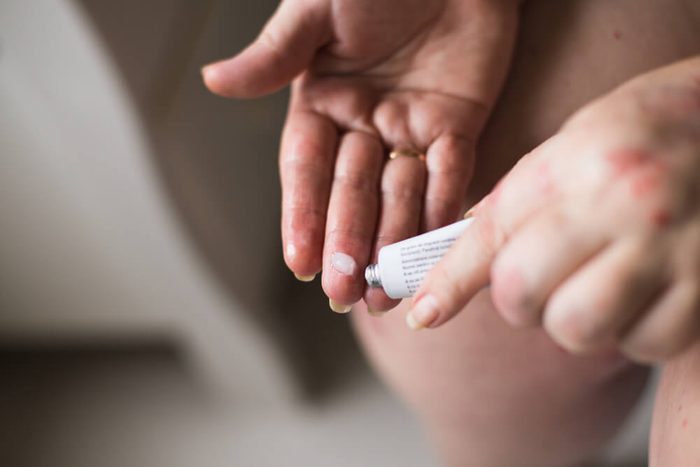
But don’t do that with an OTC antifungal
On the other hand, you shouldn’t use antifungals preventatively. Antifungal resistance—which happens in a similar way to antibiotic resistance—is an emerging problem, according to 2018 research published in the journal Science. If you have a history of recurrent yeast infections, see a gynecologic specialist who may recommend suppressive medical therapy, says Megan Quimper, MD, an OB/GYN at The Ohio State University Wexner Medical Center.

An infection can become a big deal
Yeast infections can be so common that you may be tempted not to take them too seriously. Keep up your vigilance: “The situation can be dangerous if you have another infection that could have long-term health implications like a sexually transmitted infection,” says Dr. Quimper. That’s another reason to go to your doctor if OTC treatments are not resolving symptoms.
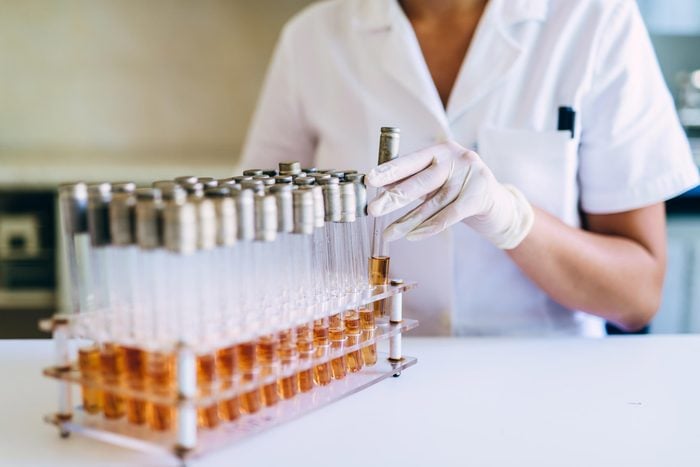
Get tested to be sure
A yeast infection is not an STI. However, if you’re at the doctor being checked for a yeast infection, ask to get tested for STIs too, suggests Dr. McDonald. While some STIs can be mistaken for a yeast infection, many have no symptoms at all. May as well take care of both in one visit. Read about the secrets you should never keep from your gynecologist.
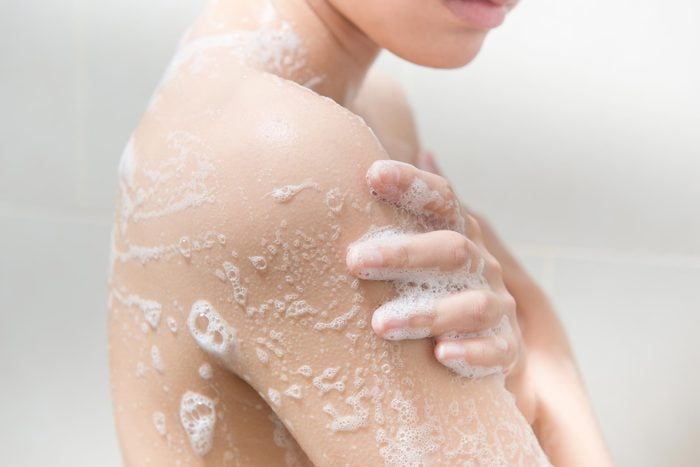
It has nothing to do with being “unclean”
A yeast infection is all about an altered pH balance—not hygiene. “Many women think they are experiencing yeast infections because they are not ‘clean’ and may attempt douching—this isn’t recommended. It can actually cause an imbalance in vaginal flora leading to worsening symptoms,” says Dr. Quimper.
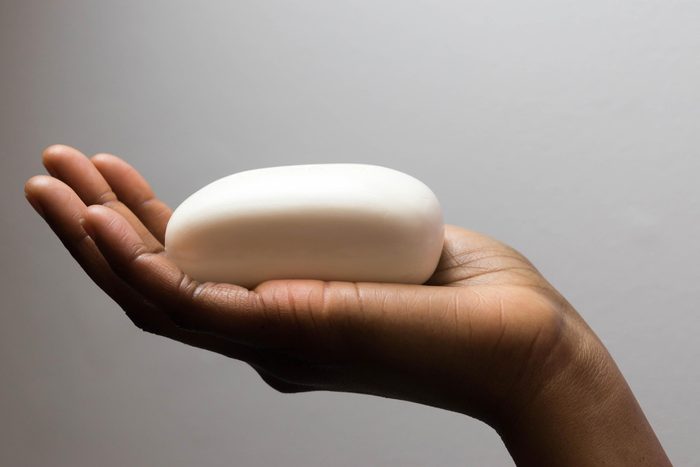
Keep your soap simple
For some women, harsh or fragrant soaps can cause a pH imbalance and lead to a yeast infection. Your vagina doesn’t need to be floral-scented. “I recommend using an unscented, mild soap externally only,” says Dr. Quimper. (Wash the outer skin—not the inside of the vagina.) Or just rinse it well with water.
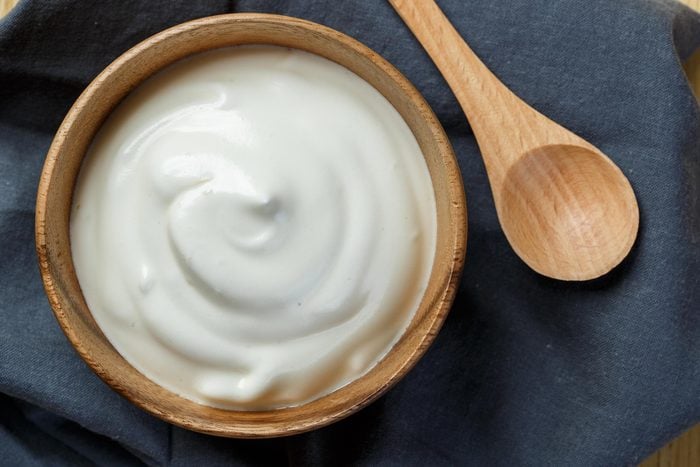
Don’t put yogurt up there
There’s the theory that the probiotic bacteria in yogurt can help rebalance yeast. However, Dr. McDonald says that there’s a lack of evidence that topical yogurt application actually works. On the other hand, taking an oral probiotic with certain strains of bacteria may help keep vaginal flora in check, particularly if you have recurrent infections, says Dr. McDonald. (These include Rephresh Pro-B or Femdophilus.) Ask your gynecologist if this may be helpful for you. Then, learn about more home remedies for yeast infections.


